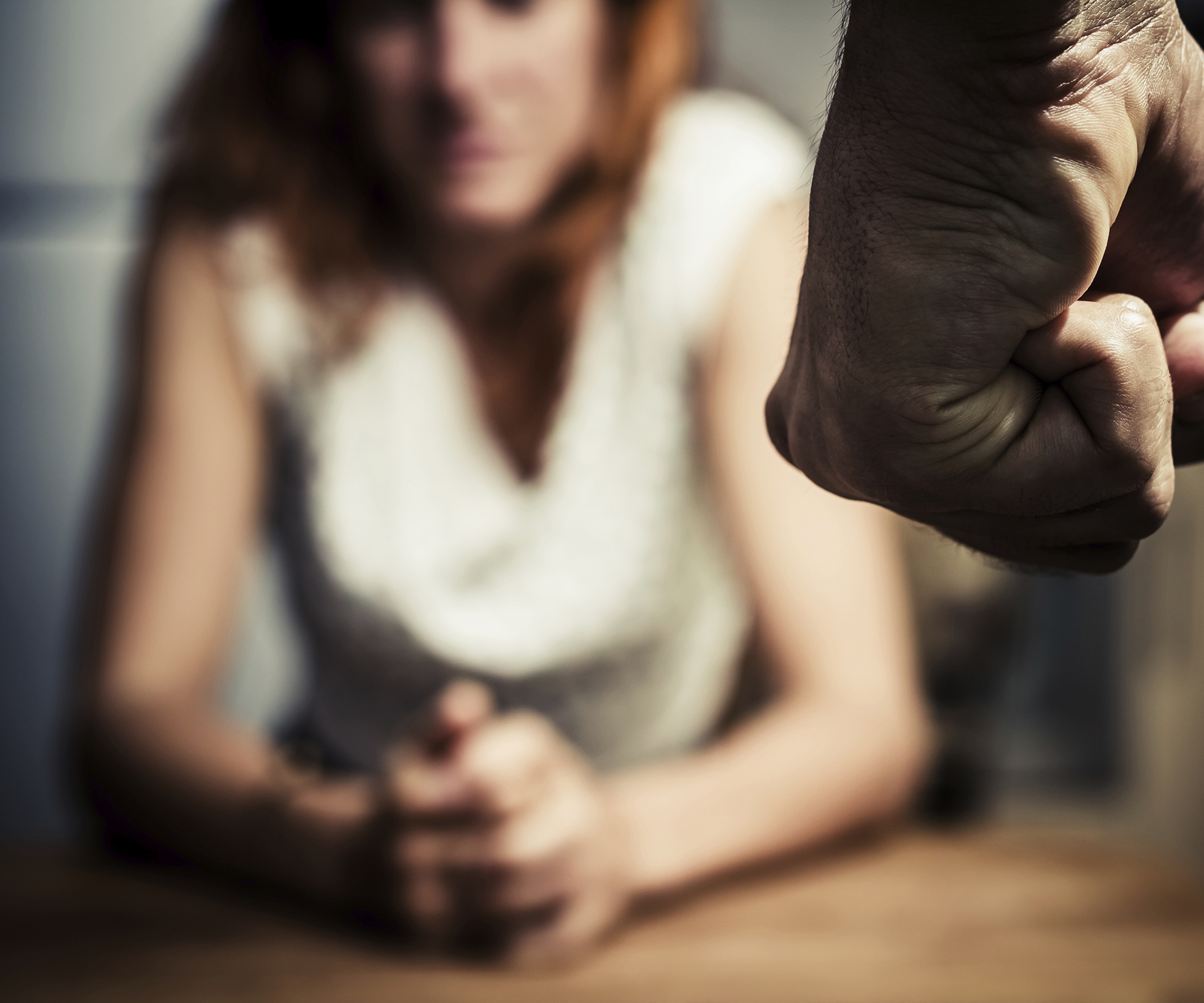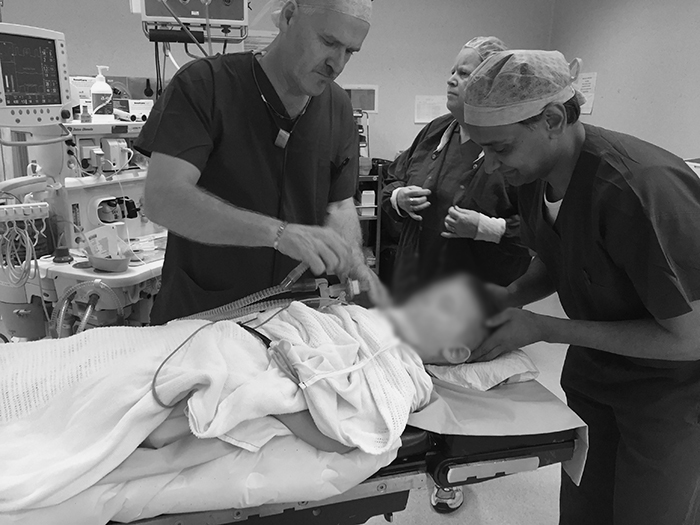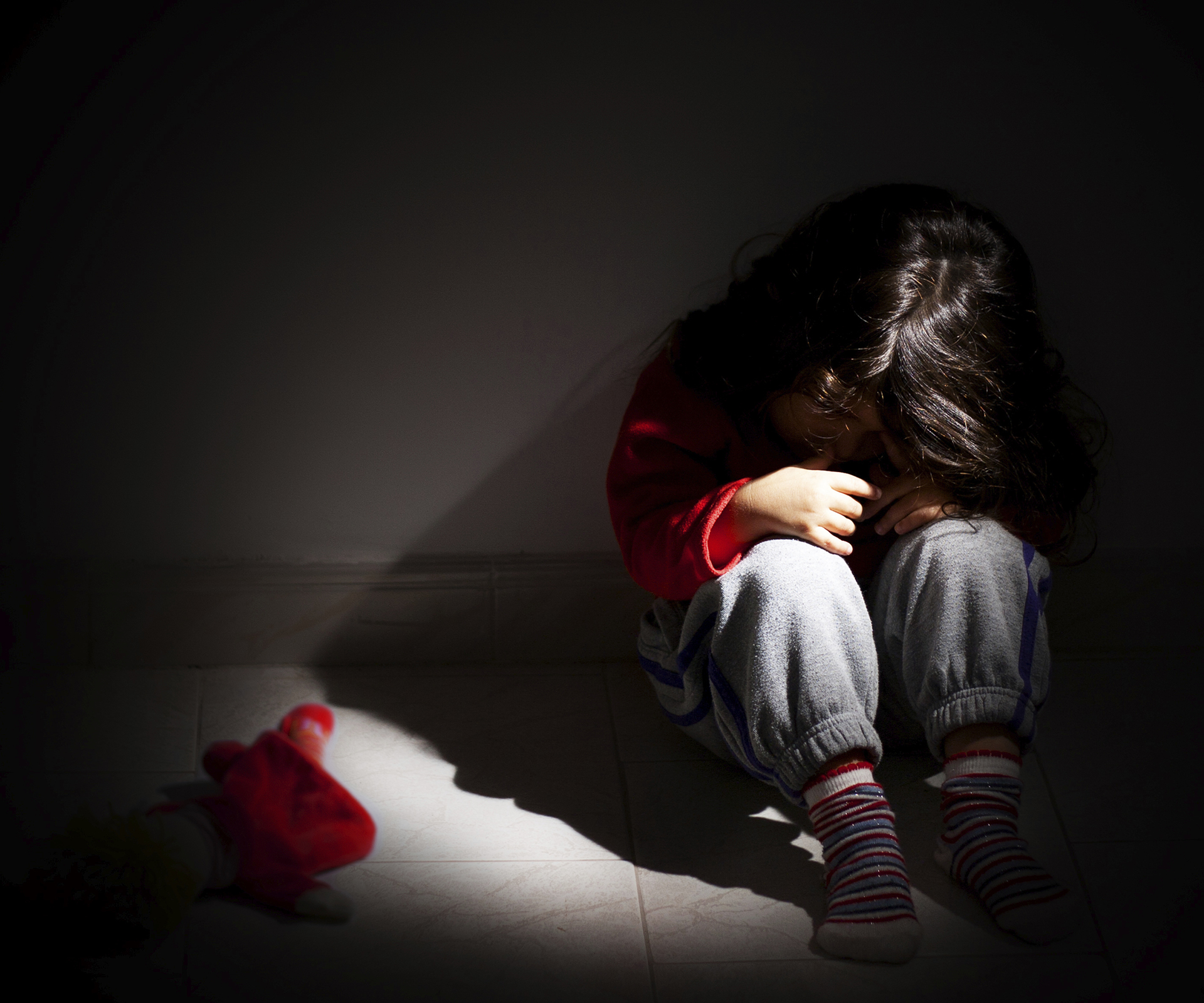Every night, somewhere in suburban Sydney, a wealthy man beats his partner. And every night, in one of the hundreds of small towns across NSW, a poor man repeats the same atrocity.
During the past week, the internet has blazed with commentary about the nature of domestic violence here in Australia – whether it is caused by poverty or gender inequality, whether it is a feminist conspiracy to demonise men or whether these are all just gross generalizations that push the blame back onto the victims themselves.
In an attempt to navigate this obviously inflammatory topic, we took a look at some of the statistics that surround domestic violence trying to sort the reality from the conjecture. It’s not an easy job.
The truth is that there is some justification for all these views. As in most complicated issues – and there are few issues more complicated than domestic violence and why it happens – the truth is often obscured by conflicting interests and agendas, by inadequate understanding and some people’s penchant for offering definitive explanations for the inexplicable and inexcusable.
Let’s just take a step back from the hyperbole for a moment and have a look at some hard facts about domestic violence (DV). Poverty is a contributing factor to domestic violence. No doubt about it. Being poor is a frustrating, demeaning business. Some have said that it’s therefore natural that a man or woman might take out their frustrations in violence on those they love.
Really?
The hard fact here is that domestic violence is not a phenomenon in response to external factors. It’s a personal choice. At the end of the day, or more likely at the end of a drinking binge, somebody decides that that beating another human being until they are often unable to walk and need hospitalisation is an acceptable act.
Aboriginal woman are 35 times more likely to end up in hospital for their injuries from domestic violence than non-indigenous women. That alone is a terrible statistic. But there are plenty more.
Walgett, in western NSW is an area with 6,500 people. In the 12 months to June last year, there were 189 DV assaults in Walgett, creating a DV rate of 2, 800 per 100,000 per head of population.
The only place in NSW with a higher rate is Bourke, where 127 DV assaults were recorded in the same period for a rate of 4271.8 assaults per 100,000 population.
In all, NSW police recorded 31,344 DV assaults in the 12 months to June this year. Indigenous Australians figured in 3181 of these. That’s 10 per cent. Indigenous Australians number just 2.2 per cent of the population, according to the 2011 census.
The over-representation of indigenous men and women – who also commit a substantial number of these assaults – in the DV statistics is an appalling fact.
But is it solely because they are poor? Many don’t believe so. It is a contributing factor, but only one of many, says Dr Fadwa Al-Yaman of the Australian Institute of Health and Welfare.
“Colonisation has resulted in an ‘unresolved grief that is associated with multiple layers of trauma spanning many generations’ in the Indigenous population,” she says. “These are layers of trauma that include colonial aggression; genocide; racism; alienation from tribal lands; breakdown of social structure; loss of spirituality and languages; removal of rights and responsibilities; labour exploitation; and large-scale removal of Aboriginal children from their families.
“Violent dispossession of land and continuing cultural dispossession of the past 200 years have resulted in particular social, economic, physical, psychological and emotional problems for Indigenous people which is reflected in the high level of violence in their communities.
“While these social problems have their roots in the physical trauma and violence that were inflicted on Aboriginal people, they are themselves also a cause of violence. High unemployment, low socioeconomic status, poor housing and overcrowding, poor health, high mortality, poor governance in local communities, and a lack of support services are all likely to contribute to the higher levels of conflict and violence.”
And, once we have accounted for the 3100 assaults of indigenous origin, we still have to explain the 29,000 recorded non indigenous assaults. Some of these are relinked to poverty. But many are not.
If poverty was the sole cause of DV then surely it would not exist in the wealthier suburbs of Sydney, Melbourne, Brisbane or Adelaide. But DV is there. It’s not as prevalent as it might be in Walgett or Bourke, but it is there – just an ugly and incessant and insidious as its poorer cousins.
In Sydney’s upwardly mobile Hills Shire, where the average family income is $2, 000 a week – far above the $367 a week earned by an Indigenous adult in Walgett – 236 DV assaults were recorded last year.
In Sutherland Shire, where families earn $2000 a week, there were 435 DV assaults. In Randwick, is Sydney’s east, there were 349 DV assaults. In Penrith where family income is $1582 per week, 1100 Assaults occurred.
Did relative wealth protect any of these victims? No. Did a lower statistical rate of DV per head of population stop the blood, the fear or the humiliation? No. These people were all punched and kicked and abused – wealthy victims suffer and die just the same poor ones.
Equally, focusing on poverty also ignores other factors such as religious beliefs, cultural background, political influences, childhood experiences – most psychologists agree that children who experience or witness domestic violence are undoubtedly influenced by it, and may even grow up doomed to repeat it – and, perhaps even more importantly, the unpredictable volatility of interpersonal relationships.
Domestic violence doesn’t depend solely on how much money is in the perpetrators hip pocket or whether he or she is on welfare. It depends on whether he (or she) chooses to use violence, fear, intimidation and emotional abuse to control others.
“The issue of domestic violence cannot be viewed in terms of black and white,” says Don Weatherburn, the long-time director of the NSW bureau for Crime Statistics. “Just as every person out there is an individual, the causes are spread across a vast arc and cover every shade in between.”
So what are we actually arguing about here? Are we trying to lay the blame for domestic violence at the feet of the victims? Are we really saying that the plight of threatened women in Kirribilli is somehow less dangerous or degrading than the plight of threatened women in Campbelltown? Conversely, are we saying that a rich white woman is more important or more deserving of our sympathy than a poor black woman when it comes to DV?
If any of the above is true, we should all hang our heads in shame for trivialising the vast sweep of the tragedy that is unfolding in our own homes.
Bloody noses, broken bones, black eyes and all too frequently, death occurs with equal volumes of fear, horror, anguish and pain whether they happen in a fibro shack or a mansion.
Domestic violence is on an upward cycle. During the past five years, the number of domestic violence related assault cases prosecuted by NSW police has grown annually by 2.2 per cent. This situation is regarded as statistically stable.
However, what the word “stable” doesn’t tell you is that for all the public information programs, all the social welfare programs, all the scrutiny and discussion that has happened around domestic violence in the past five years, for all the white ribbon days and national campaigns, this has had virtually no effect on the prevalence of DV, which is growing along with our population.
It could be argued that without those programs the number of domestic violence incidents may be much more. That is possible, without a doubt. But when you consider that domestic violence is hugely under-reported right across the spectrum – indeed statisticians say by as much as 58 per cent and perhaps even more goes unreported – then it difficult to see domestic violence as anything other than a runaway truck in a crowded schoolyard.
Those 31, 000 reported DV assaults in NSW suddenly become 65,000 probable assaults. And suddenly that epidemic is a really a pandemic.
Such a view raises serious questions about whether any of us have a handle on the root causes of domestic violence and what we should do about it.
Why would a woman in this situation not report it to the police? Why would she not simply leave? Because she’s afraid. She’s afraid of more violence. She’s afraid the violence will spread to her children. She’s afraid of the social stigma.
And probably no more acutely than in blue ribbon suburbs such as Kirribilli, Mosman and Woollahra.
“I suspect that women in Walgett are more willing to report the abuse they suffer much more readily than the women on Sydney’s North Shore,” says Julie Stewart of Delvena Women’s Refuge in Sydney’s Lane Cove.
“In Sydney there is still an attitude that this is a private matter. Most of the women who come through our doors don’t the police anywhere near them, not just because they are afraid but because it diminishes them in the eyes of their friends and families. It’s humiliating, both personally and socially. And they think it is somehow their fault. Of course, it’s not. The fault lays with the person who chooses violence. It always does.”


